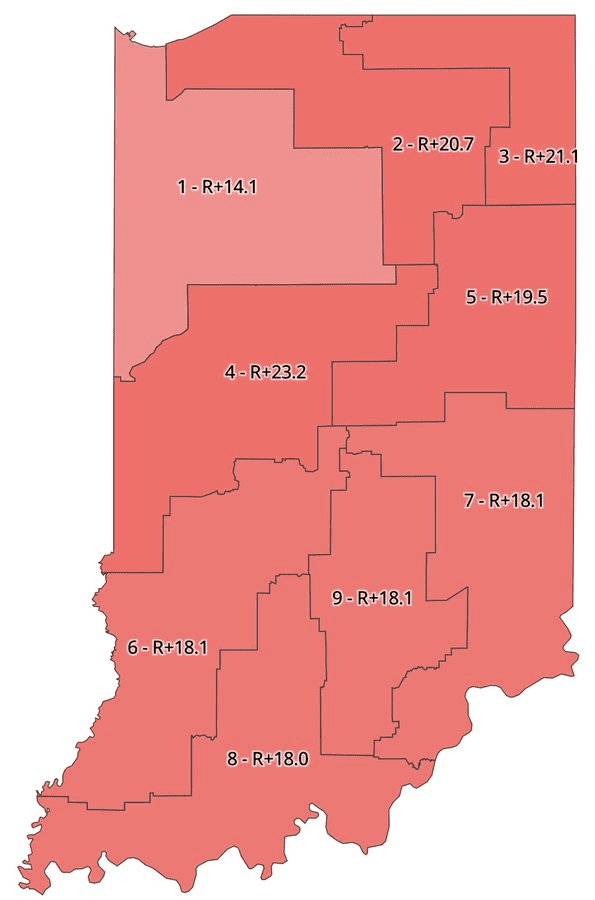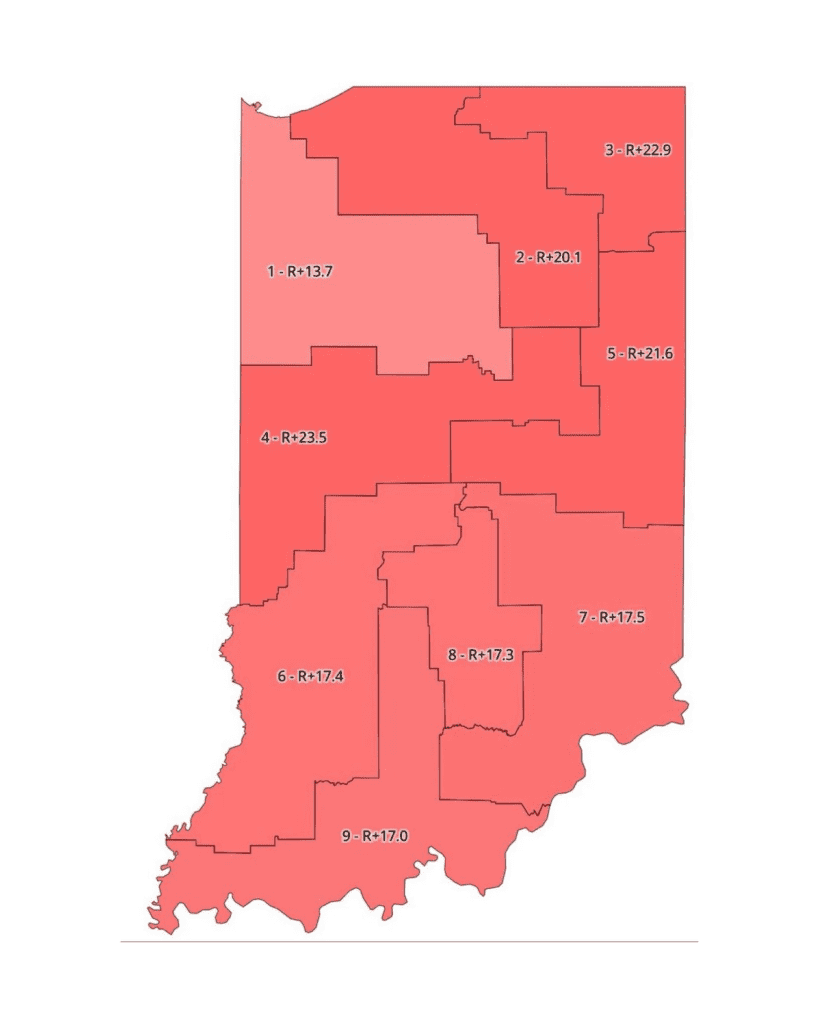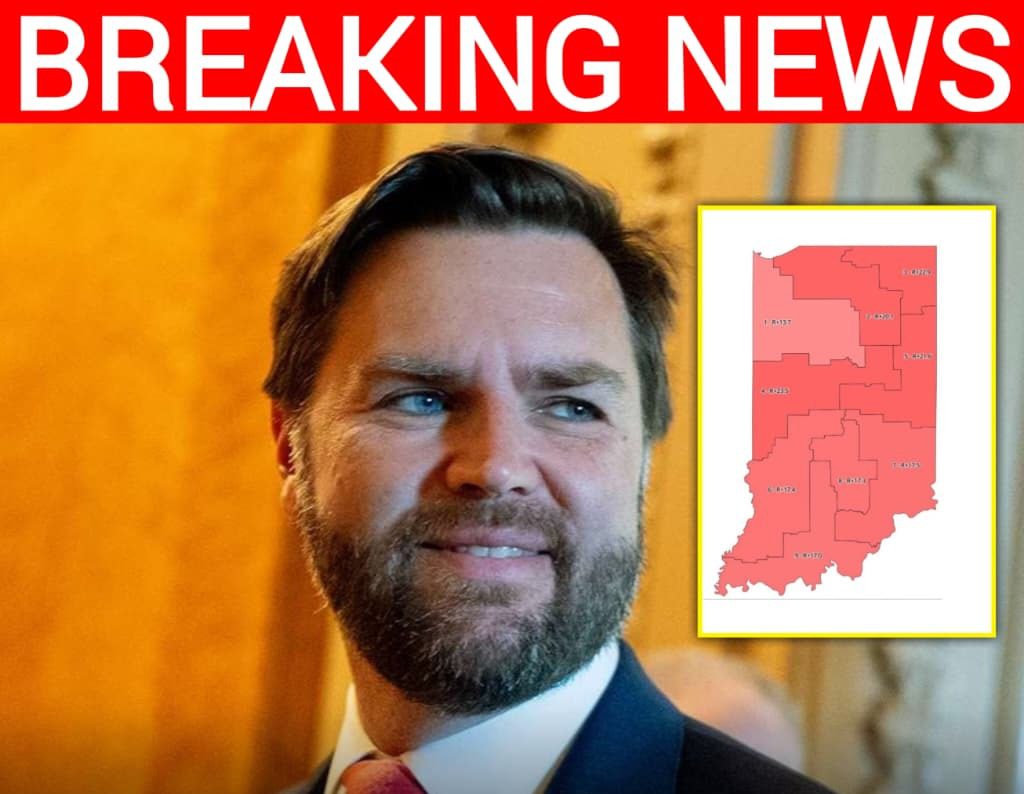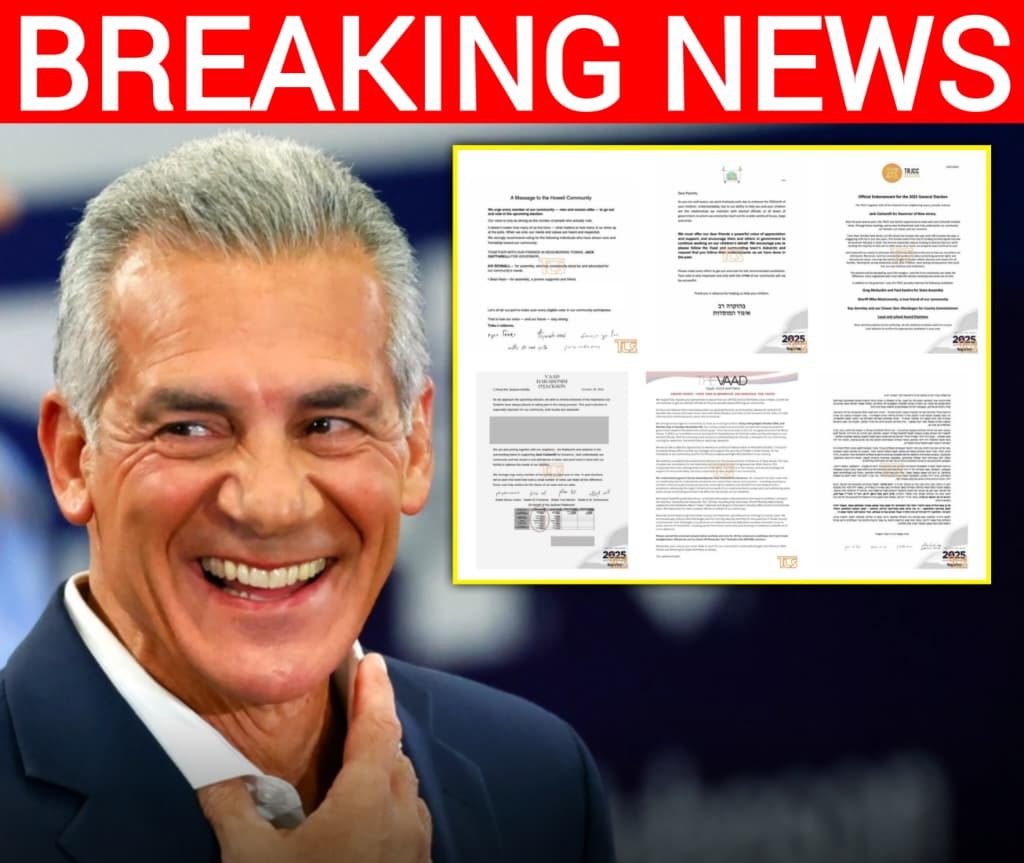Vice President JD Vance to Meet Indiana Lawmakers on New Redistricting Plan That Could Eliminate Two Democrat Seats and Give Republicans Full Control
In what could mark one of the most consequential political maneuvers heading into the 2026 elections, Vice President JD Vance is expected to meet with Indiana Republican lawmakers this Friday to discuss a sweeping mid-decade redistricting proposal that could dramatically reshape the state’s congressional map. The plan, which would transform Indiana’s nine districts into Republican-leaning strongholds, could eliminate two of the state’s remaining Democratic-held seats, cementing a complete Republican sweep.

The proposal, already circulating among state officials, shows striking new boundaries drawn by Indiana political cartographer @erickson_68. According to early analyses, the new configuration would push GOP advantages into double digits, with R+ margins ranging between +13.3 and +23.5 across the board. If enacted, the plan would effectively retire Democratic Representatives Pete Visclosky and Frank Mrvan, whose northwestern districts—traditionally blue—would be redrawn to merge into deep-red territory.

JD Vance’s involvement signals just how significant this redistricting effort has become to the Republican Party’s broader strategy for 2026. The vice president, known for his aggressive focus on restoring working-class conservatism and countering what he describes as “coastal overreach,” has been meeting with several state leaders to coordinate GOP map strategies in preparation for upcoming midterms. Indiana is just one part of a larger red-state coalition working to counterbalance heavily gerrymandered Democratic maps in California and New York.
“This isn’t about manipulation,” one Indiana Republican strategist said. “It’s about fairness. Democrats have redrawn entire states to guarantee their wins for years. Now Republicans are simply ensuring every vote carries equal weight.”

The conversation around redistricting has long been politically charged, but the stakes have rarely been this high. In 2024 and 2025, multiple states have revisited their congressional maps mid-decade, an uncommon practice that’s now becoming a national trend. Missouri and Georgia, for example, have already moved to solidify GOP control after court rulings and population shifts. Now, Indiana could become the next flashpoint in the growing battle over who holds congressional power leading into the 2026 midterms — a battle many analysts say will define control of the House of Representatives for the rest of the decade.

Critics of the plan, including Democratic groups and voting-rights advocates, have already begun warning that the proposal undermines fair representation. They argue that redistricting should reflect demographic diversity rather than serve as a partisan tool. However, Republican lawmakers counter that the process is no different than what blue states have done for decades, pointing to California, Illinois, and New York — where Democrats have maximized district lines in their favor. “Republicans are finally playing by the same rules Democrats have used for years,” said a conservative commentator on X.
JD Vance’s visit is expected to rally momentum around the effort, with meetings scheduled at the Indiana Statehouse to review several draft maps and assess voter impact studies. Sources within the administration say Vance has been personally reviewing similar redistricting proposals from other red states and believes a coordinated effort could create as many as 15–20 additional Republican House seats nationwide.

If successful, the Indiana redistricting plan could turn what is currently a 7–2 GOP advantage into a full 9–0 sweep. For Democrats, it would be a devastating symbolic loss in a state they’ve struggled to compete in for over a decade. For Republicans, it would mark another major step toward building what party strategists have called a “firewall of red states” designed to secure long-term House control.
Political observers say the Indiana plan underscores the deepening divide in American politics, where both parties view district maps as strategic battlegrounds rather than administrative boundaries. With JD Vance leading the charge, the move sends a clear signal that the GOP is not just playing defense—it’s going on offense.
As Friday’s meeting approaches, anticipation is high across Washington and state capitals alike. For Republicans, the push represents an effort to rebalance decades of partisan mapping. For Democrats, it’s a warning sign that the coming midterms could unfold on a political playing field tilted further than ever before.
Either way, one thing is certain: JD Vance’s meeting in Indiana will be watched closely by both sides of the aisle — and could mark the start of a new era in redistricting battles across America.



